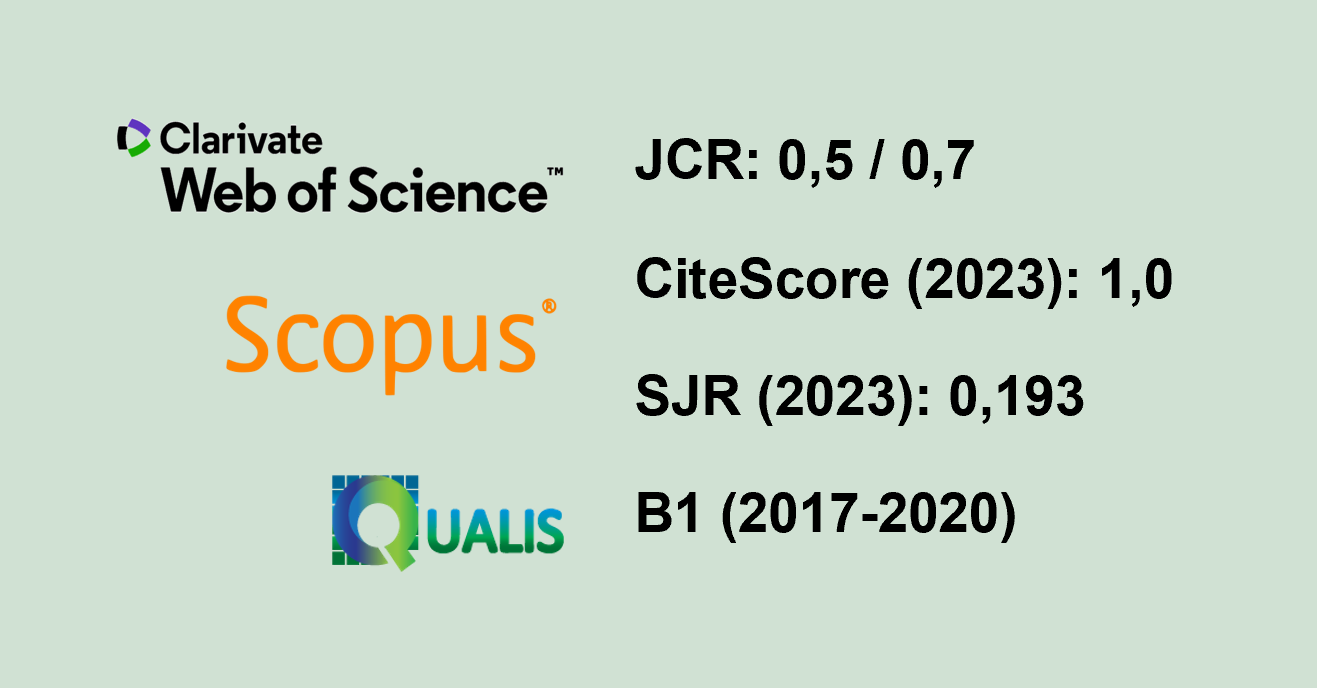NATIVE CAATINGA SPECIES FOR THE RECOVERY OF DEGRADED AREAS IN THE BRAZILIAN SEMIARID REGION
Keywords:
Herbaceous stratum, Densification, Vegetation CoverAbstract
This study aimed to prospect, among the species that grow spontaneously in compacted landfills, native Caatinga plants with potential for ground cover in extremely impacted areas, with exposed soil. Initially, a general floristic survey was carried out in the four study areas. To prospect the species, data referring to the richness, coverage, and densification of plants in the herbaceous stratum were collected in each study area, using the method of plots. The selection was based on species-specific characteristics: origin, plant habit, life cycle, propagation, dispersion syndrome, coverage, densification, and allelopathic effect. The general floristic inventory revealed the presence of 73 species belonging to 63 genera and 26 botanical families. In the survey of the coverage and densification of the herbaceous stratum, 33 species belonging to 32 genera and 16 families were found, being the most representative: Fabaceae (5), Malvaceae (5), and Poaceae (5). As for the origin, 26 are native, one is naturalized, and six are exotic, of which 66.6% are in the Poaceae family. Moreover, most of these species are herbs, with an annual life cycle, dissemination through seeds, and present autochoric dispersion. The coverage and densification of these species ranged from 0.44% to 9.5% of the area and 1 to 4.44 of individuals/m2, respectively. The species Senna uniflora, Rhaphiodon echinus, Sida galheirensis, Mesosphaerum suaveolens, Hexasepalum teres, Waltheria rotundifolia, Trianthema portulacastrum, and Herissantia crispa showed potential for use in recovery plans for degraded areas based on the results presented by each of them in the parameters analyzed, especially in coverage, densification, dispersion syndrome, and life cycle.
Keywords: Herbaceous stratum; Densification; Vegetation Cover
Downloads
Published
How to Cite
Issue
Section
License
Copyright (c) 2022 Revista Árvore

This work is licensed under a Creative Commons Attribution 4.0 International License.
All authors agreed to submit the work to Revista Árvore and granted the exclusive license to publish the article. The authors affirm that it is an original work and has not been previously published elsewhere. The scientific content and opinions expressed in the article are the sole responsibility of the authors and reflect their opinions, not necessarily representing the opinions of the editorial board of Revista Árvore or of the Society of Forest Investigations (SIF).




